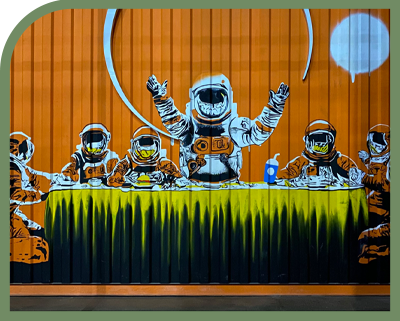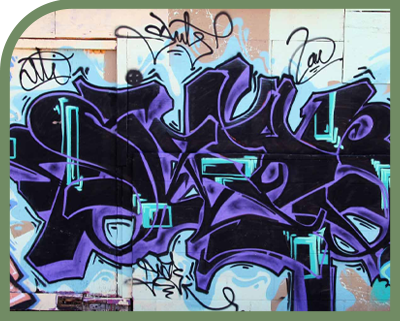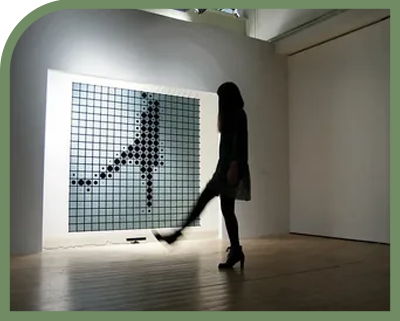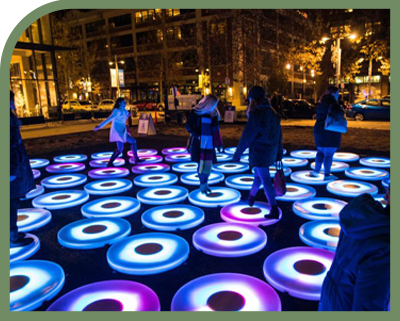

Mohsen Saraji / Creative Director and Futurist
Urban art , as one of the innovative and influential forms of contemporary art, has gained a special place by creating significant transformations in public spaces and social interactions. This form of art, which appears in urban and public spaces such as walls, streets, parks, and buildings, utilizes the power of art to connect with the audience and influence the social and cultural environment. Today, it is recognized as a tool for changing public space, creating new identities, and enhancing the quality of urban life.
One of the key features of this art is its direct accessibility to the public. Unlike many forms of art that are confined to galleries or museums, it is directly available to everyone. This public accessibility gives urban art a unique capacity to foster social and cultural dialogues. Urban artists, by utilizing wall paintings, graffiti, public sculptures, and installations in open spaces, not only add visual beauty to the environment but also indirectly contribute to promoting ideas and social messages.



Urban Art, A Platform for Protest and Collective Participation
This art also serves as a tool for protest and expressing critical opinions. Many works of urban art, especially in large and bustling cities, address various issues such as social inequalities, climate change, government policies, and economic problems, conveying their messages to society through images and symbols. These works can transform urban space into a platform for social dialogue, allowing citizens to engage in the process of social and cultural change.
Moreover, urban art has strengthened the connection between artists and local communities. Many of these works are created in collaboration with local residents, fostering a deeper sense of ownership and connection to the environment. These projects are typically aimed at beautifying the environment and enhancing the quality of life for citizens, while simultaneously conveying messages of culture, identity, and local history to the audience.



Ultimately, this art serves as a powerful tool for transforming public spaces, having a profound impact on social interactions and the quality of urban life. Not only does it beautify cities, but it also influences the culture and collective identity of urban communities, turning public spaces into dynamic and interactive environments.